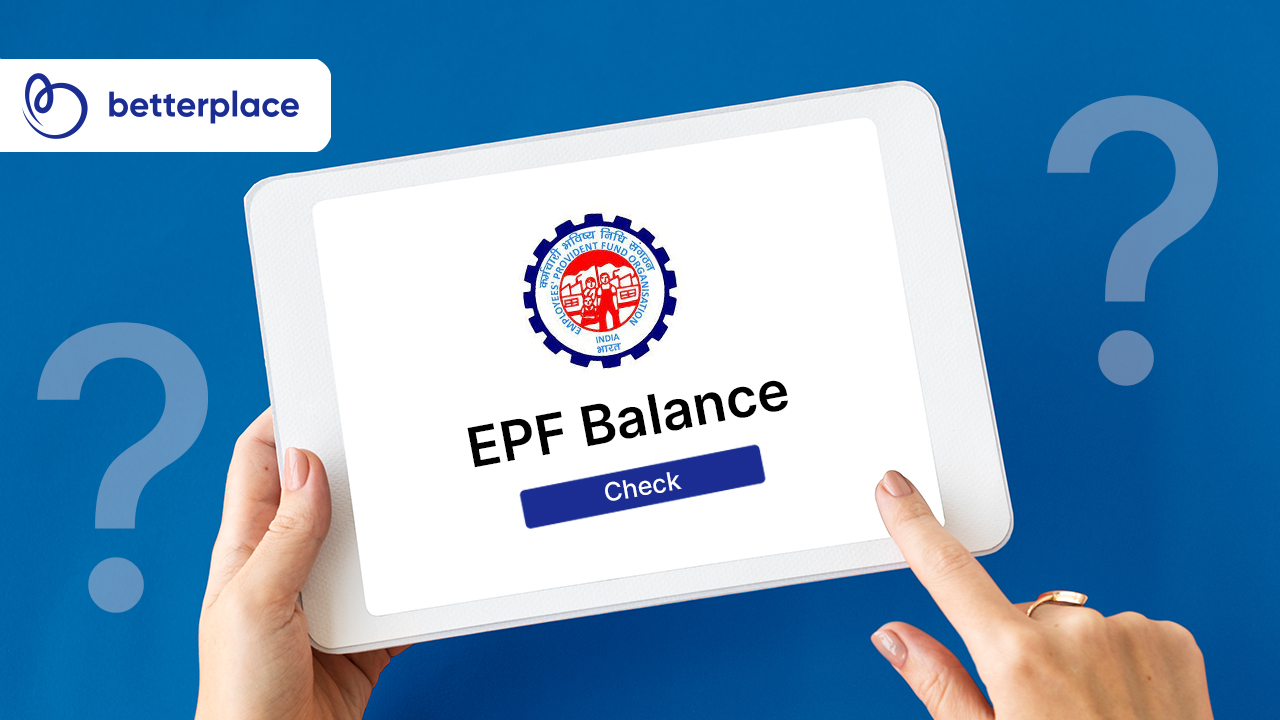The birth of a child marks a major step in the life of a woman. And, while we need to do whatever we can to make the woman feel at ease, over the years, little to nothing was being done to provide maternity benefits. It is a known fact that post-childbirth women are forced to quit jobs and, unfortunately, as a society, we have considered this to be fairly normal. Only recently has the government woken up to the cause of new working mothers in the country and decided to draft maternity leave rules.
The government has introduced the Maternity Benefit Act in the Rajya Sabha, that has increased the number of leaves for pregnant women to 26 weeks, which was previously a mere 12 weeks. The bill, which gives maternity benefits to mothers to be, was introduced with the intent to encourage female employees to continue working post-childbirth.
According to experts, the move should come as a major relief and helps to retain women employees. It can also standardize how maternity leaves are granted. Additionally, if a woman feels that 12 weeks are insufficient, she can then apply for further leaves.
Benefits of Maternity leave in India
To ensure the privileges of women employees during pregnancy and after labor, Indian law makes it mandatory for all companies to offer maternity advantages to women employees. Maternity advantage in India is represented by the Maternity Benefit Act, 1961 that applies to all shops and foundations with at least 10 employees. Those women who work in processing plants with at least 10 workers are given maternity benefits as accessible under the Employees’ State Insurance Act, 1948.
Employers are obliged to inform women in writing and electronically about the maternity benefits available under the Maternity Benefit Act upon their joining the workforce. The employers should inform the women employee in writing and electronically regarding the maternity advantages available under the Maternity Benefit Act during the time of their joining.
Women often feel left out or face predispositions during pregnancy or after labor in their working environment, it is significant for them to know the advantages they can benefit from and the rights under the law. We take you through the maternity benefits accessible to women and the rights they can make a case for.
A win-win situation
In such a scenario, employers and employees both stand to benefit, as it helps create a conducive work environment. As most women applying for maternity leaves are more likely to be aged between 28 and 35 years, a majority of them make up the mid-level workforce. Hence, retaining them only makes sense for an organization. As the efforts and cost required to hunt and recruit a replacement would be significantly higher, providing maternity benefits to existing employees would offset the cost of fresh hiring, while also maintaining stability within the organization.
Helps bridge the gender inequality
One of the major benefits of providing maternity benefits to women at their workplace is the fact that not only do you end up encouraging increased women employment, but you help to reduce the gender bias. Unfortunately, only a mere 20% of the country’s workforce is made up of women. Along with helping to retain women employment, the Maternity Benefit Act also helps to encourage women to leave the comfort of their homes and pursue a professional career, thus, realizing their dreams. It also helps women to gain financial independence and helps to empower them, thereby, breaking stereotypes that only a man can be a bread earner.
Experts state that by providing maternity benefits to women at workplaces, not only do you encourage women to take up a job, but if the trend continues with the current momentum, it is expected that working women will contribute close to 1.4 to 1.5 percentage to the nation’s Gross Domestic Product (GDP) as early as 2025.
Empowering women employees
It has been an age-old practice to discourage women to leave their homes or quit jobs at the earliest signs of pregnancy. And until recently, the society mostly considered it the woman’s job to include anything other than taking care of the family. A professional career for a woman meant that she was overstepping her bounds and going against the traditions.
Fortunately, as society is more accepting of working women now, by providing women with employee benefits such as relaxing the maternity leave rules, the number of women forced to quit jobs has reduced significantly. Gone are the days where it was expected that only a family’s male members would work, as women in India now have access to quality education and exposure. They are realizing that their role in a family is not limited to just being a homemaker and that they too can contribute to the household expenditure.
Providing a level playing field
Not too long ago, pregnancy and childbirth were seen as an end to a woman’s aspirations, as it was believed that the woman would need to spend a significant part of her day in child care. While it is a given that a woman would need to invest a part of her day in taking care of her child, it should not be seen as something that would hold her back from achieving her professional dreams. By providing women with maternity benefits, and by giving them additional time to deal with what needs to be taken care of at home, during and post-childbirth, it provides female employees with what is considered a fair opportunity to pursue a promising career.
Recognizing the benefits of empowering women by increasing women employment opportunities, India provides the third-highest maternity leaves to women, only behind Canada, which grants 44 weeks leave and Norway that grants 50 weeks of paid maternity leave.
Leaves and Wages
The Maternity Benefit Act ensures that a women employee will be compensated with maternity benefits such as average daily wage for three months preceding her leave. To avail the benefits under the maternity act, the employee should have worked for the employer for at least 80 days in the 12 months preceding the period of her scheduled delivery.
The Maternity Benefit Act initially gave maternity advantage of 12 weeks, out of which as long as about a month and a half could be asserted before labour. In 2017, the law was revised to stretch out the period to 26 weeks. Out of the 26 weeks, as long as about two months can be asserted before labour. In any case, you need not structure your leaves as such—you can rather take the whole 26 weeks of leave after the labour. Likewise, these are the maximum allowed period for the claim and you can claim the benefits for a smaller period too.
If the woman has more than 2 children, the benefit is still 12 weeks only. For mothers looking forward to adopting infants are entitled to 12 weeks of leave from the date she receives the child/children. The benefits for adoptive or commissioning mothers weren’t listed in the Act earlier. It was added as an amendment in the later time.
Women employees who are undergoing tubectomy (clinical procedure to stop future pregnancies) are eligible for a paid leave of two weeks after the procedure. In the case of miscarriage or abortion, the law permits six weeks’ leave after the medical procedure. In the event of a sickness after labour, miscarriage, clinical end of pregnancy or tubectomy, a women employee is eligible to claim a leave with compensation for a further time of one month, well beyond what is already permitted.
Other Advantages
The law additionally permits employers to allow women employees to work from home in addition to the maternity advantage period if the nature of work permits that. For example, IT staff, design professionals, software developers, etc.
The law was additionally altered in 2017 to make it required for foundations with in excess of 50 laborers to build up creches. Moms are qualified to visit the creches up to four times each day and to two nursing breaks for each day notwithstanding whatever other breaks that are accessible as usual, until the youngster accomplishes the age of 15 months.
Representative Rights
It is illegal for an employer to dismiss a woman employee for taking maternity leave. The employer can not terminate an employee while she is on her maternity leave. The company should not alter the duration of service to the woman’s disadvantage during her maternity leave. If the dismissal is due to gross misconduct, the maternity benefit and medical bonus doesn’t apply for the employee.
Maternity Benefit Act 1961 & Amendments
The 2017 milestone change to the Maternity Benefit Act of 1961 (MBA), compelling as of the first of April, 2017, has been accepted by employees and employers.
The key changes include:
(I) expanded paid maternity leave from 12 weeks to 26 weeks for women employees, except if they have at least two enduring kids;
(ii) acknowledgment of the privileges of an embracing mother and of a dispatching mother (utilizing a substitute to hold up under a kid) just because, who may guarantee paid maternity leave for 12 weeks;
(iii) a “work from home” choice that might be of benefit after the maternity leave lapses;
(iv) and, powerful as of the first of July, 2017, compulsory crèche (day care) offices for each foundation utilizing at least 50 employees, including the privilege of moms to visit the crèche four times each day.
Eligibility & Duration For Maternity Leave In India
In case you’re birthing your first child, you’re qualified for 26 weeks. In the event that you are birthing your subsequent kid, you’re likewise qualified for 26 weeks. In any case, after the birth of two children, you are just lawfully qualified for 12 weeks of maternity leave. Be that as it may, leave augmentations rely upon the HR of each association and the conditions of the mother and the infant. A commissioning mother (the biological mother who uses her egg for surrogacy) is likewise qualified for a maternity leave of 12 weeks from the day the youngster is given over to her.
In case you’re an employee who has finished in any event 80 days in a company inside the range of one schedule year, your leave will be granted with full compensation. The Act is appropriate to both open and private part organizations that have at least 10 staff. Organizations and associations with less than 10 employees are not legally necessary to offer maternity leave, however women reserve the option to approach such employers for maternity leave.
Employers are committed to instruct employees about these benefits. Be that as it may, certain parts of the MBA will require further explanation. For example, it isn’t evident whether the correction is pertinent to foundations with 50 women employees or 50 employees altogether. All the more altogether, employers have inquiries concerning who bears the expenses of crèche offices and how the offices should be given. Luckily, other social government assistance enactment in India can give accommodating direction pending the proclamation of rules under the MBA.
Government supports employees
With the government having introduced an amendment to the Maternity Benefit Act, there were widespread reports of employers laying off women employees, which also saw a major drop in the number of women being hired, following the government’s move. To counter the same, the government has planned a few more measures, which are still in the pipeline, in order to discourage such practices and to provide women with a level playing field to their male counterparts. Despite the delayed move to help retain women employees, there is now hope.








